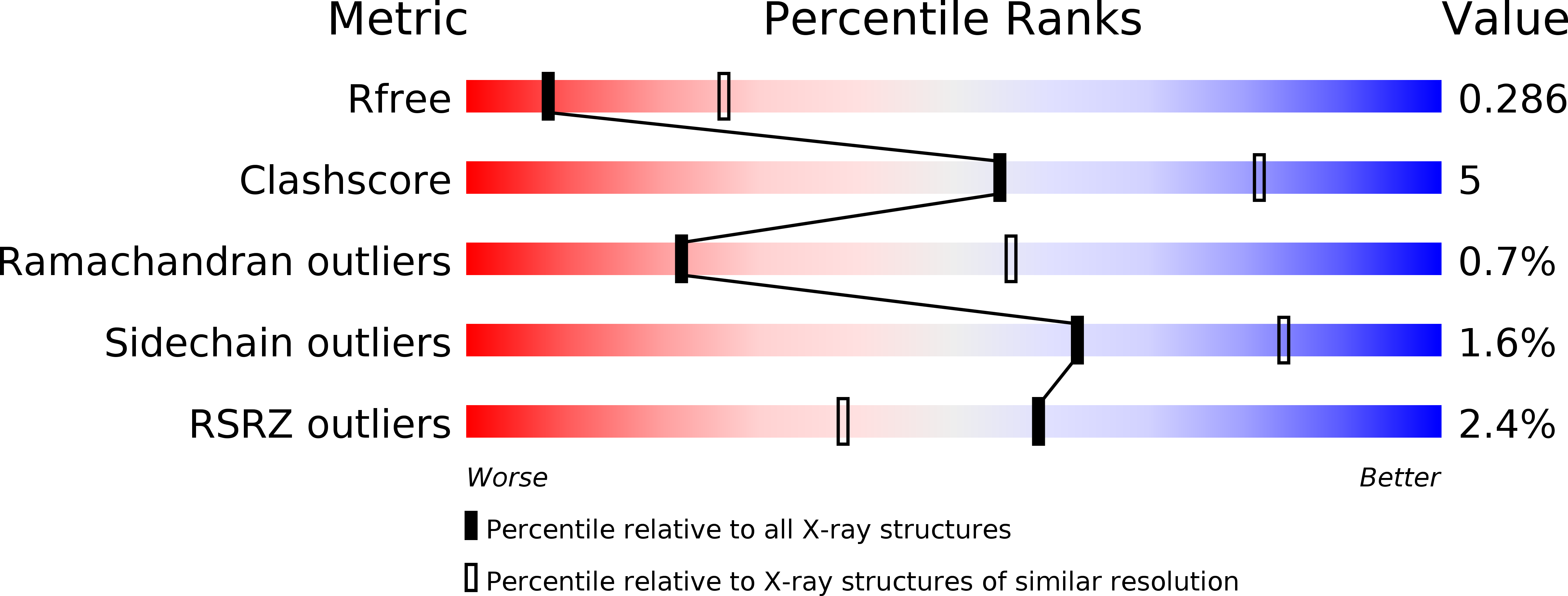
Deposition Date
2018-03-04
Release Date
2019-04-10
Last Version Date
2024-10-23
Entry Detail
PDB ID:
6FVN
Keywords:
Title:
DNA polymerase sliding clamp from Mycobacterium tuberculosis with bound P7 peptide
Biological Source:
Source Organism:
Mycobacterium tuberculosis (strain CDC 1551 / Oshkosh) (Taxon ID: 83331)
synthetic construct (Taxon ID: 32630)
synthetic construct (Taxon ID: 32630)
Host Organism:
Method Details:
Experimental Method:
Resolution:
3.14 Å
R-Value Free:
0.29
R-Value Work:
0.25
R-Value Observed:
0.25
Space Group:
P 21 21 21


